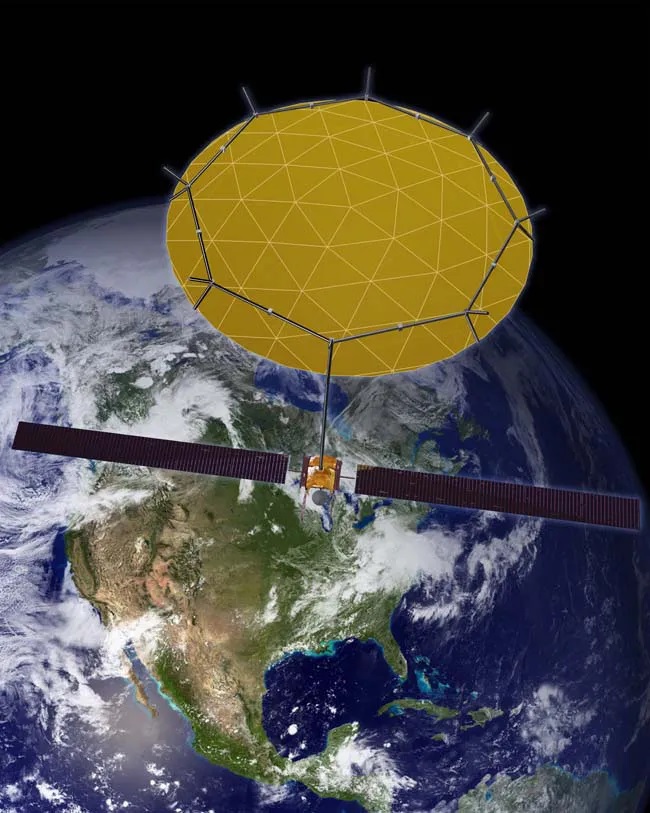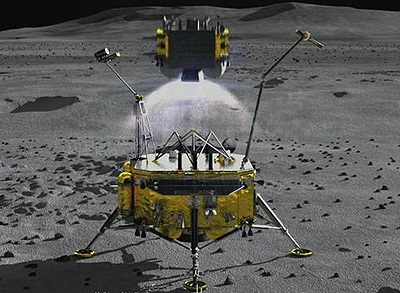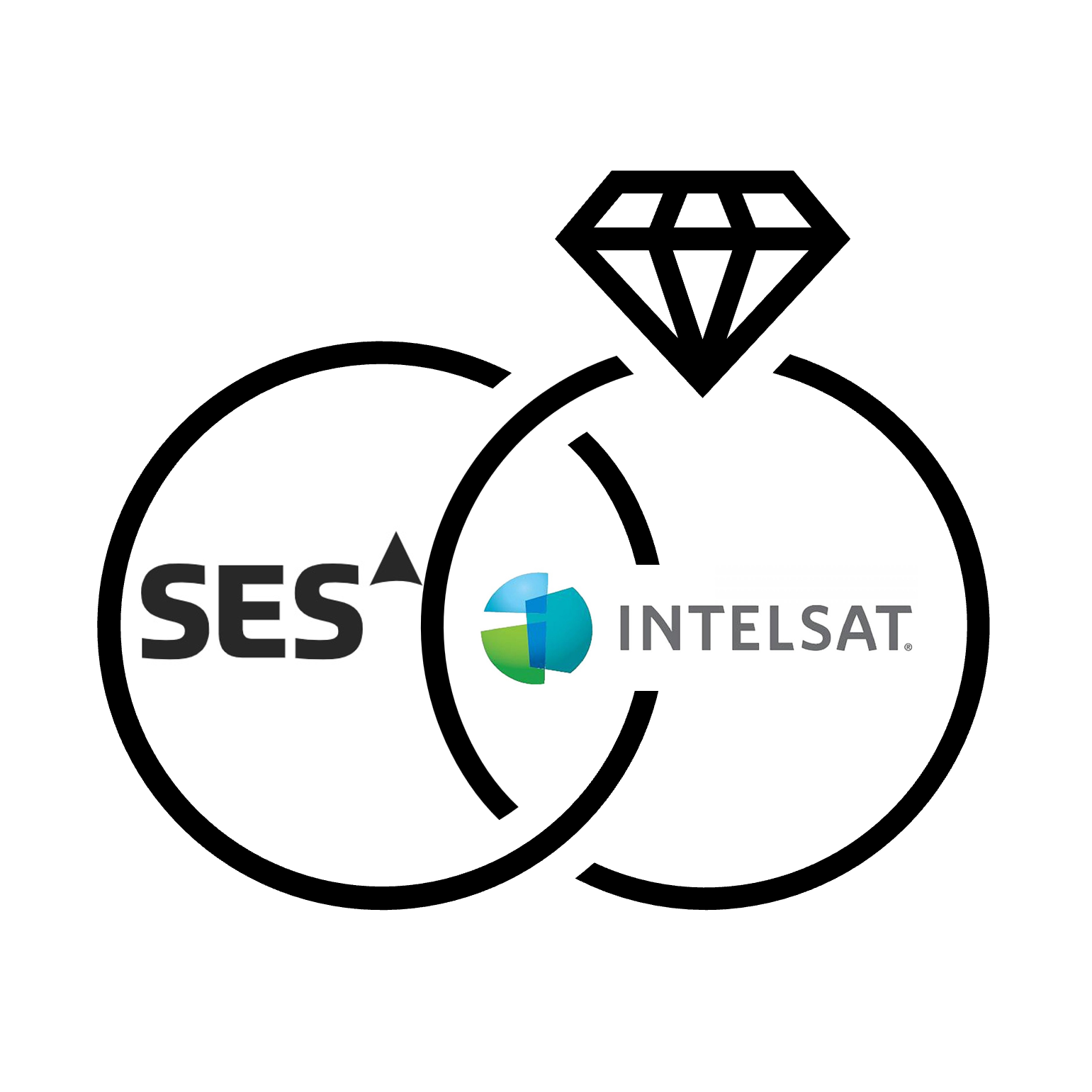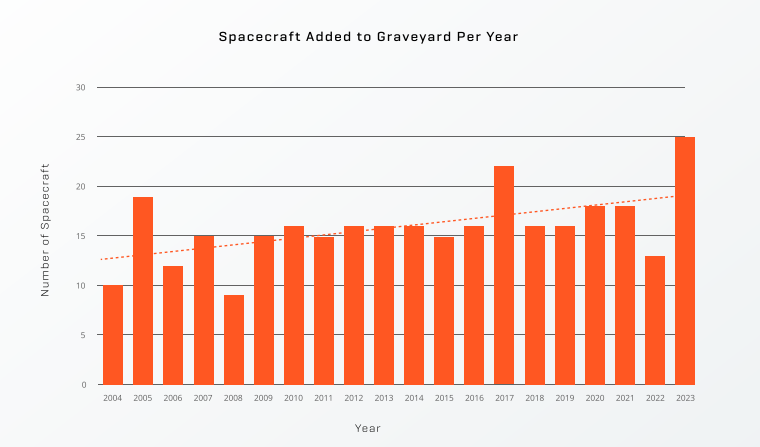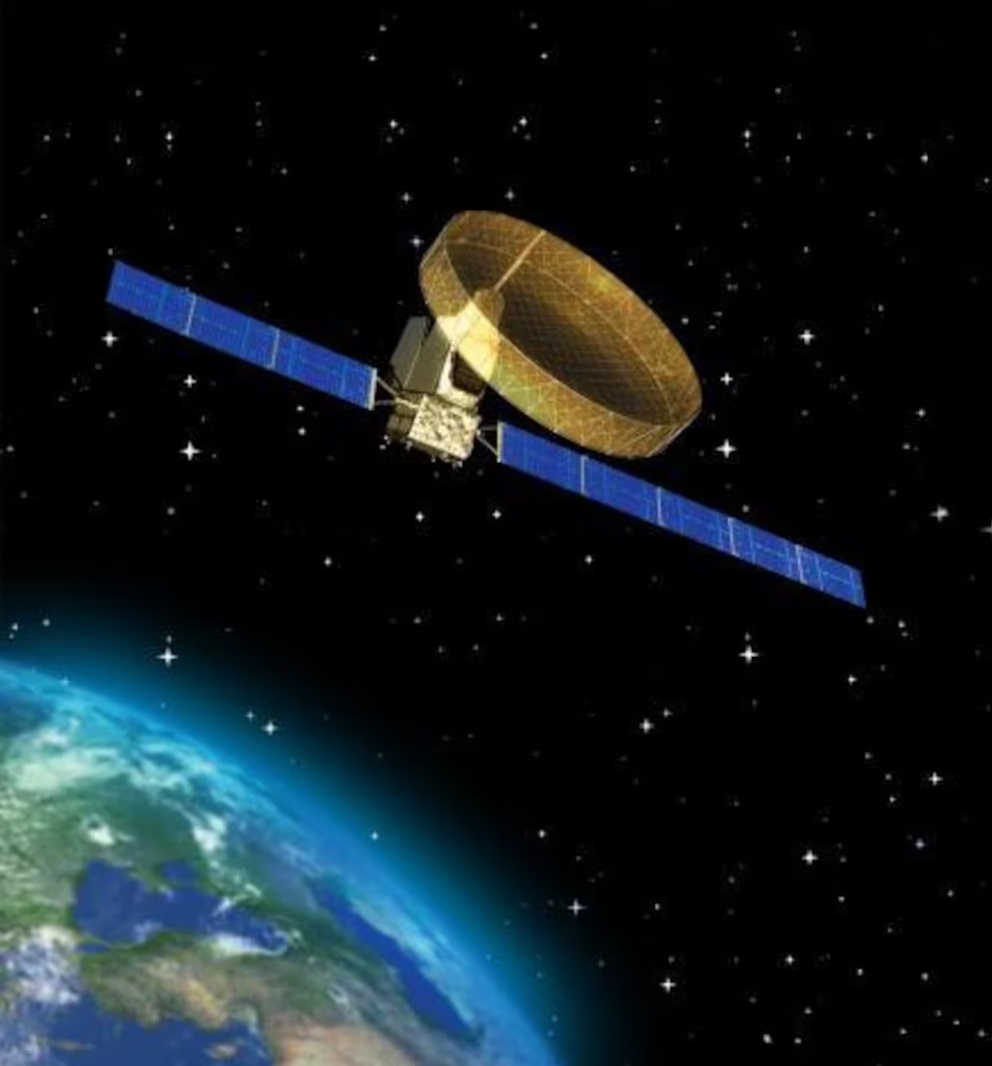The maiden flight of the Japanese commercial KAIROS (Kii-based Advanced and Instant Rocket System) launch vehicle ended in failure after only five seconds of flight. Carrying a dummy satellite, KAIROS was launched from the Kii Space Port, Japan, at 0201 GMT on 13 March. The solid motor first stage/liquid propulsion second stage rocket, built and operated by Space One, went in the wrong direction. The rocket then exploded at T+5s in a blazing fireball. It is suspected that the guidance system on the launch vehicle detected a problem with the trajectory and issued an auto destruct command. Debris from the rocket fell to the ground about 100 m from the pad, which was left intact.
The failure is not entirely surprising. Over 45 per cent of the first launches of new launch vehicles end in failure, according to the Seradata database.
In contrast, the failure of a Long March 2C/3/YZ-1S (CZ-2C/3/YZ-1S), a relatively seasoned vehicle, took the industry by surprise. The rocket was carrying two communications satellites, dubbed DRO-A and DRO-B, for service in a high lunar orbit around the Moon. No details were initially released but Chinese authorities later admitted the failure.
The launch took place at 1240 GMT from Xichang. The DRO-A and -B spacecraft, still attached to the YZ-1S (Yuanzheng-1S) upper stage, are believed to be stranded in a 132,577 x 524 km at 27.7 degrees inclination transfer orbit, just short of their planned transfer orbit. A premature shutdown by the launcher’s YZ-1S upper stage is suspected.
The DRO-A and -B satellites were designed to operate in a high lunar retrograde orbit to send relayed signals back to Earth through the DRO-L relay satellite, launched in February, in LEO. If the satellites can separate, they may be able to recover themselves to their planned orbit if they have enough propellant. It is thought likely that the DRO-A and -B satellites were insured on the Chinese market given that the DRO-L spacecraft was insured in this way.
The Long March 2C rocket’s second stage was left in an elliptical low Earth orbit of around 1036 x 137 km (a debris object, probably a motor cover, was also detected in a 913 x 133 km orbit).
Update on 27 March: DRO-A (believed with DRO-B attached) appears to have separated from the YZ-1S upper stage and is in a 225,193 x 971 km (inclination 27.6 degrees) Earth orbit close to the Moon. DRO A appears to have raised its orbit 132577 x 525 km orbit to 225193 x 971 km orbit on or just before 26 March 2024 in what is believed to be a recovery effort using on board propellant.
This story has been revised. It was originally thought that the YZ-1S stage of the Long March 2C rocket had failed to ignite but it is now obvious that an ignition did take place.

